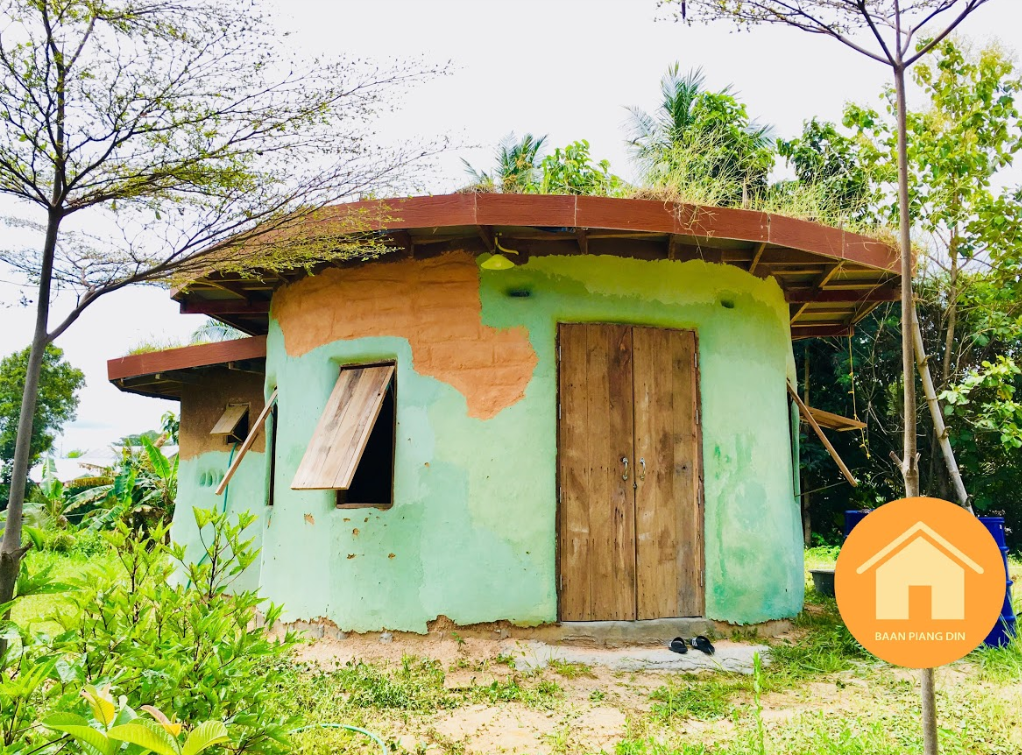Natural Building
To us natural and sustainable building means using readily available, local, natural materials with little embodied energy and salvaged materials to make your own home.
This can mean using clay, straw, bamboo or wood (from our own farm), stone and secondhand materials we have access to.
Natural building techniques are ancient, work perfectly fine and have housed much of the population of the world. We use these traditional techniques with experiments and innovations people are discovering today to make them a practical alternative for modern days to the resource intensive conventional building done today.
Clay Houses
Eco-friendly clay houses are produced using wet clay bricks which are shaped and dried in order to harden. The drying process is crucial because it is responsible for the strength of the home. Particles in the clay fuse and develop extremely tight ceramic bonds which are almost inseparable. We dry our clay bricks in the sun and sofar that works perfectly for us.
Cost
Clay houses are very low on cost to build them and in addition, maintenance for a clay houses is very cheap. Clay won’t warp, dent, rust, peel, get eaten alive by termites, or experience any of the other problems that most homes go through. Because of this, the only thing you really have to pay for is accessories (paint, plumbing, electrical, etc).
Insulation
Clay houses do a great job of providing thermal and acoustic insulation. Basically, if you live in a clay house, you can expect to stay cool during the hot thai summer (or warm when it’s cold outside) and not have to worry about major sound waves entering or leaving the room. This is because clay has the ability to slowly absorb heat and sound.
Flexibility
Since clay is such an active solution (can be molded easily), it gives you the option of warping the home exactly hw you like it. With clay, you can create, morph and play with the shapes until they match perfectly.
Safety
Clay homes are very fire resistant. Also, fireproof natural can save money of insurance premiums. For example, homes which are in areas that are more prone to fires, such as brush areas, have to pay more in insurance. Your insurance company may give you a lower rate for insuring a house made of clay against fire damage.
Conclusion
With people more environmentally aware today and also enlightened as to how green homes can save big money in building materials and energy savings it is no wonder that clay houses are making a comeback.














